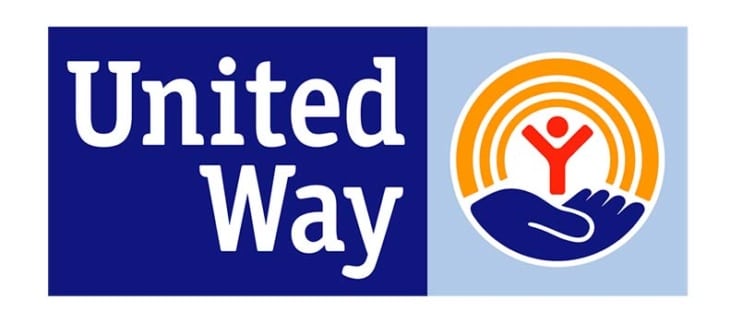It is tough to discuss issues of health equity without addressing factors that engender social inequality. In fact, socioeconomic and living conditions, such as housing, physical environment, transportation, education and working conditions are often the causes of less than optimal health outcomes for ethnic communities, including Latinos.
Sinsi Hernandez-Cancio, Director of Health Equity for Families USA explains, “it’s not just [about the] numbers. It’s actually lives and entire communities that are being undermined.” And, this not only affects all of us on a personal level, but as entrepreneurs and employers, these health disparities in our communities create problems that inevitably impact our businesses.
Moreover, there are serious implications for the nation’s well-being. Reducing these inequities require that collectively, we take a deeper look at the problem, since many factors “have policy implications on health that we don’t normally think of,” says Donna Barry, Director of the Women and Health Program at the Center for American Progress (CAP). Among the policy areas affected by these factors are:
- Early childhood education programs, home visitation, and equal access to quality daycare
- Public education, including quality, financing, curricula, and standards
- Higher education, including access, student loan financing, and debt repayment
- Workplace issues such as increasing the minimum wage, reducing pay gap, and paid leave
- Housing and neighborhood issues, including their impact on asthma rates and other childhood health issues; exposure to violence; “walkable” cities and the ability to exercise
- Improving the Affordable Care Act to ensure access and quality of coverage for everyone; expansion of Medicaid







